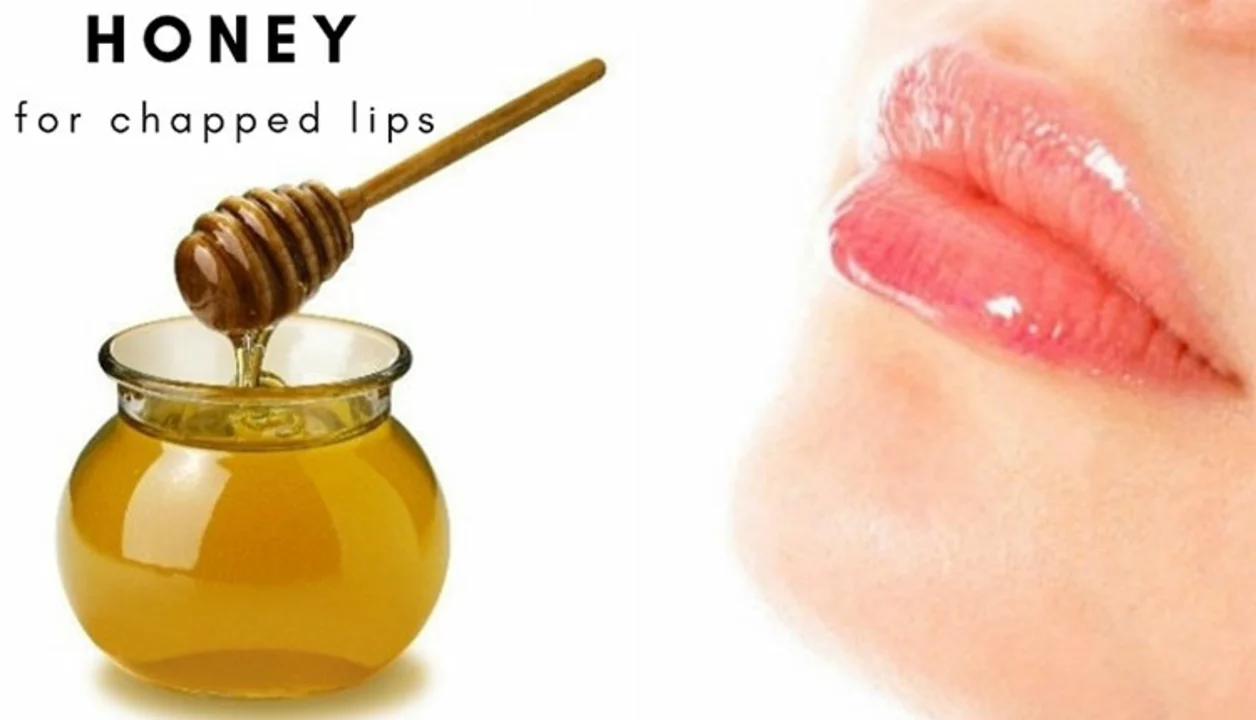Chapped Skin: What Works Right Now
Cracked, sore skin shows up fast and feels worse than it looks. If you have chapped lips, hands, or cheeks, you want relief — not a lecture. Here’s a straightforward plan you can use today to stop the sting and fix the barrier so it doesn't come back.
Quick fixes and home care
Start by stopping anything that makes it worse. That means no harsh soaps, no alcohol-based hand sanitizers as your only moisturizer, and absolutely stop licking your lips. Saliva dries skin out more.
Clean gently. Use lukewarm water and a mild, fragrance-free cleanser. Pat the area dry; don't rub. Right after drying, apply an ointment or balm to lock in moisture. Look for occlusives like petrolatum (Vaseline) or thick ointments — they work best at sealing cracks.
Use a humectant under an occlusive if the skin is very dry. A thin layer of glycerin or a hyaluronic acid serum, followed by an ointment, pulls water into the skin and holds it there. For daily care, creams with ceramides or fatty acids help rebuild the skin barrier.
For chapped lips, pick a balm with petrolatum, beeswax, or shea butter. Avoid menthol, phenol, or strong flavors — they can sting or dry lips more. Apply often when you go outside and before bed.
If your hands are chapped from frequent washing, moisturize right after each wash. Keep a thick hand cream next to sinks and use cotton gloves overnight after applying cream for an extra boost. A humidifier at home helps, too, especially in winter.
Products, ingredients, and small habits that help
What to buy: look for products labeled “fragrance-free” and “for sensitive skin.” Key ingredients to trust: petrolatum (occlusive), dimethicone (barrier), glycerin or hyaluronic acid (humectants), and ceramides (lipid repair). Avoid strong alcohols, fragrances, and exfoliating acids on chapped areas.
Over-the-counter hydrocortisone 1% can reduce redness and itching for a short time. Use it only a few days unless a doctor tells you otherwise. For cracked areas that bleed or show yellow crusts, suspect infection — that needs medical attention and possibly antibiotics.
Medication side effects can cause chapping. Retinoids, some acne meds, and certain blood pressure drugs can dry skin. If chapping started after a new medication, mention it to your provider.
Most chapped skin clears in a week or two with consistent care. If it doesn't, gets much worse, or you see signs of infection (pus, spreading redness, fever), see a doctor. Persistent or severe chapping could be eczema, contact dermatitis, or another treatable condition — and it’s worth getting the right diagnosis so you stop guessing and start healing.
The benefits of using honey for chapped skin relief

As a blogger who loves exploring natural remedies, I recently discovered the amazing benefits of using honey for chapped skin relief. Honey is a natural humectant, which means it can moisturize and soothe dry, irritated skin. It also has antibacterial properties to help prevent infection in cracked skin. I've personally experienced great results with applying raw honey to my chapped skin and letting it sit for 15-20 minutes before rinsing off. I highly recommend giving honey a try for anyone struggling with dry, chapped skin - it's a sweet and natural solution!
